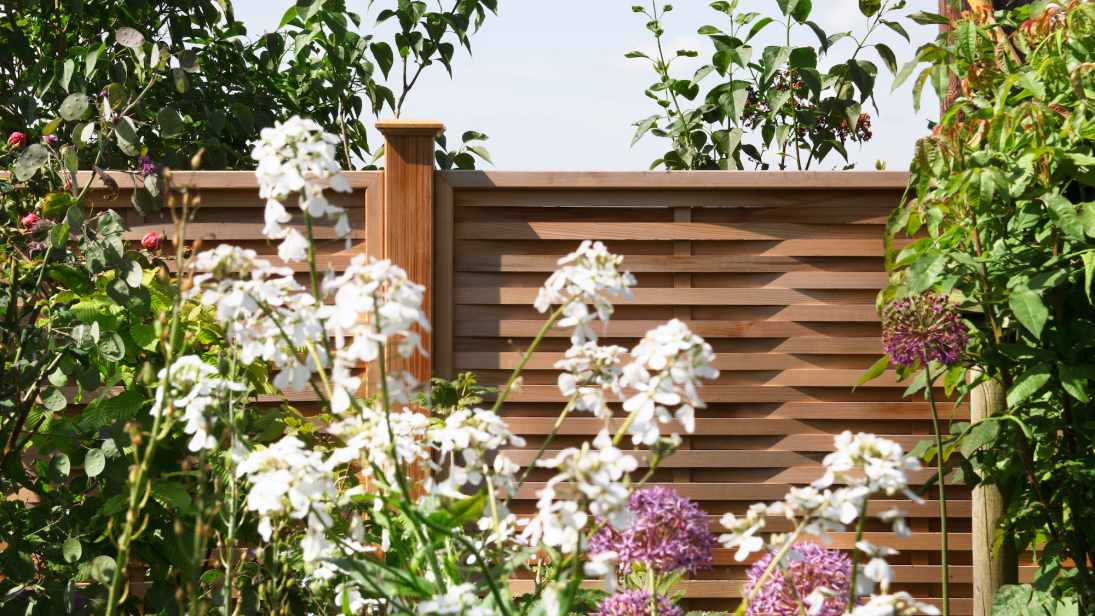All Categories
Featured

Among the most popular choices, timber, plastic, and aluminum each offer one-of-a-kind benefits and drawbacks. Here's a malfunction of the pros and disadvantages of these three typical fence materials.
Timber Fencing. Timber fence has actually been an ageless option for home owners as a result of its natural beauty and versatility.
Pros:. Visual Charm: Wood provides a cozy and timeless appearance that matches a variety of architectural designs. Adjustable: It can be repainted, stained, or reduce right into one-of-a-kind styles to match personal preferences. Affordable: Originally, wood secure fencing can be an economical option contrasted to various other products. Eco-Friendly: Wood is a sustainable resource and can be sustainably sourced. Disadvantages:. High Upkeep: Timber needs routine securing, discoloration, or painting to stop rot, insect damages, and weathering. Longevity Concerns: Without appropriate treatment, wood can warp, crack, or degeneration gradually, particularly in areas with high humidity. Much shorter Life-span: A wood fence typically lasts 10-20 years, depending on the sort of timber and degree of maintenance. Timber is suitable for those who value a standard appearance and are prepared to commit to its upkeep.
Plastic Fencing. Plastic is a modern-day, low-maintenance secure fencing alternative that has expanded in popularity recently.

Pros:. Low Upkeep: Vinyl does not require paint, staining, or sealing and can be conveniently cleaned with soap and water. Weather condition Resistant: It endures extreme climate condition without decaying, rusting, or warping. Durable: Vinyl fencings can last 20-30 years with minimal maintenance. Range of Styles: Available in lots of shades, styles, and appearances, some plastic choices mimic the appearance of wood. Disadvantages:. Higher Upfront Expense: Plastic fencing can be extra pricey initially contrasted to wood. Brittleness in Cold Weather condition: In severe chilly, plastic might fracture or come to be weak. Limited Repair works: Specific panels can be hard to replace, needing mindful matching to the existing fence. Plastic is finest suited for home owners seeking a long lasting, low-maintenance option with contemporary visual appeals.
Light Weight Aluminum Fencing. Aluminum fence is a lightweight and long lasting alternative, frequently selected for its modern-day look and convenience.
Pros:. Rust-Resistant: Aluminum does not corrosion, making it a superb option for wet or damp environments. Low Maintenance: Calls for minimal upkeep and is very easy to clean. Durable: While light-weight, light weight aluminum is solid sufficient to withstand numerous environmental conditions. Lengthy Life expectancy: Can last numerous decades without substantial wear or wear and tear. Selection of Styles: Provides a stylish and smooth appearance, commonly used for attractive or ornamental functions. Disadvantages:. Greater Cost: The preliminary investment for light weight aluminum secure fencing is greater than wood or plastic. Much Less Privacy: Light weight aluminum fencings are commonly developed with open pickets, making them much less efficient for privacy. Vulnerable to Damages: Although durable, light weight aluminum can be dented by solid effects. Light weight aluminum is perfect for those seeking a stylish, long-lasting option that requires very little care.
Making the Right Choice. Each fencing material-- vinyl, wood, and aluminum-- supplies distinctive advantages and drawbacks. Your choice must depend upon your details priorities, such as budget plan, upkeep choices, climate, and visual goals:
If you love a conventional appearance and do not mind regular maintenance,Select wood. Select vinyl if you desire a low-maintenance, weather-resistant fence with modern charm. Choose light weight aluminum if you prioritize longevity, corrosion resistance, and a smooth layout. By weighing these advantages and disadvantages, you can pick a fencing product that improves your home while fulfilling your practical needs.
Latest Posts
Discover Limited-Time Auto Repair Offers in Chicago at Montclare Auto Repair
Published May 26, 25
1 min read
Check Out Outstanding Auto Repair Care in Chicago – Expert Care for Your Vehicle
Published May 26, 25
1 min read
Recognizing Roofing Guarantees: What Homeowners Ought To Know
Published May 25, 25
1 min read
More
Latest Posts
Discover Limited-Time Auto Repair Offers in Chicago at Montclare Auto Repair
Published May 26, 25
1 min read
Check Out Outstanding Auto Repair Care in Chicago – Expert Care for Your Vehicle
Published May 26, 25
1 min read
Recognizing Roofing Guarantees: What Homeowners Ought To Know
Published May 25, 25
1 min read